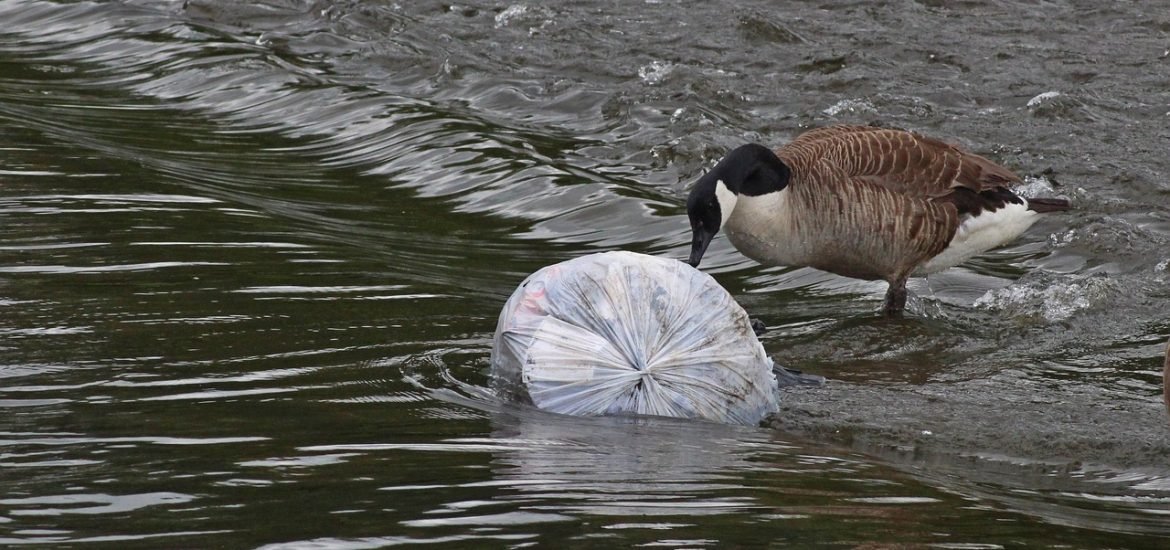
All aquatic species in rivers flowing into the Atlantic Ocean and Mediterranean Sea are contaminated with microplastics, according to a report called “i-plastic” published by an international team of researchers, including from Italian, Spanish, and Portuguese organisations. Molluscs seem the most affected due to their ability to filter large amounts of water.
Rivers are the primary source of pollution, allowing microplastics and nanoplastics to get to the ocean. As transition zones, estuaries represent significant accumulation points of these particles because they are retained in sediments. Here, they can release harmful chemicals into the surrounding environment, enter the food chain, and bioaccumulate at higher trophic levels, including in aquatic species that are valuable to us. These were the conclusions of the “i-plastic” project.
The report shows that 85% of mussels and 53% of oysters have already ingested microplastics. In addition, species of fish living near the estuary (such as white mullet and silver mojarra) were 75% affected, while 85% of species living further down the ocean (such as European hake of Norwegian lobster) had microplastics in their digestive system. The team explained that nanoplastics can be even more dangerous than microplastics because they can pass through the cellular membrane and affect the animal’s metabolism.
“Pollution is ubiquitous in estuaries and their adjacent coasts, in the Mediterranean, and in tropical and temperate zones,” says Patrizia Ziveri, oceanographer at ICTA-UAB and coordinator of the project. The researcher points out that these particles have increased significantly in recent years, and since 2000, the amount of microplastics on the sea floor has tripled. Inevitably, this kind of pollution significantly threatens coral reefs and reduces their growth.
The main problem is that microplastics and nanoplastics don’t degrade once trapped in the seafloor due to a lack of erosion, oxygen, and light. “Plastics from the 1960s still remain on the seabed, leaving the signature of human pollution,” says Michael Grelaud, oceanographer at ICTA-UAB and coordinator of this JPI-Oceans-funded project.
Ocean currents transport the particles that don’t end up deposited on the seabed, and these can cover hundreds of kilometres in just a few months. “A microplastic from the Ebro estuary in the Northwestern Mediterranean Sea can reach Sicily, in Italy, in six months,” says Ziveri.
According to the team, bioremediation (using living organisms to remove pollutants from water) is the best way to eliminate microplastic pollution in coastal marine environments. Some studies showed that filter-feeder communities can remove about 90% of the microplastics from surrounding waters.
If you want to read the full report, it can be found here: 10 FACTS on microplastics and nanoplastics in estuarine environments